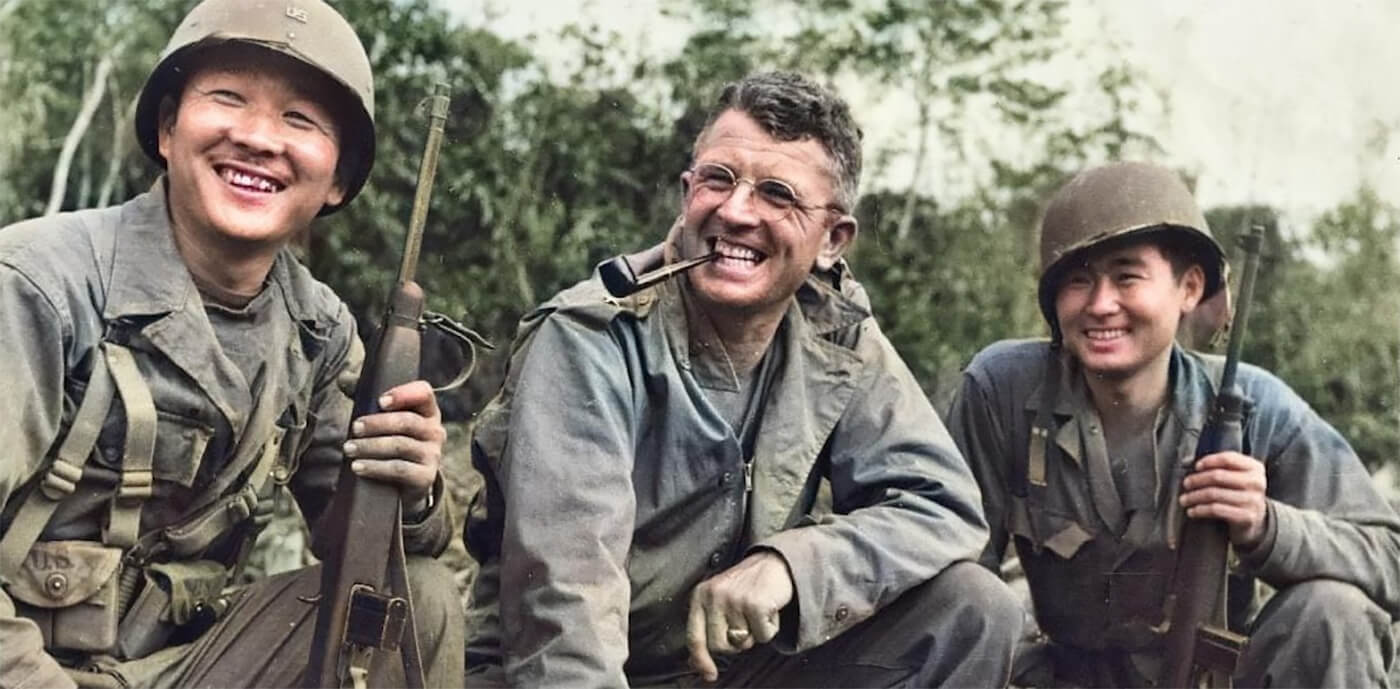| Page Created |
| July 1st, 2022 |
| Last Updated |
| July 10th, 2022 |
| United States |
 |
| Additional Information |
| Merrill’s Marauders Order of Battle Commanders Operations Equipment Multimedia Sources |
| Badge |
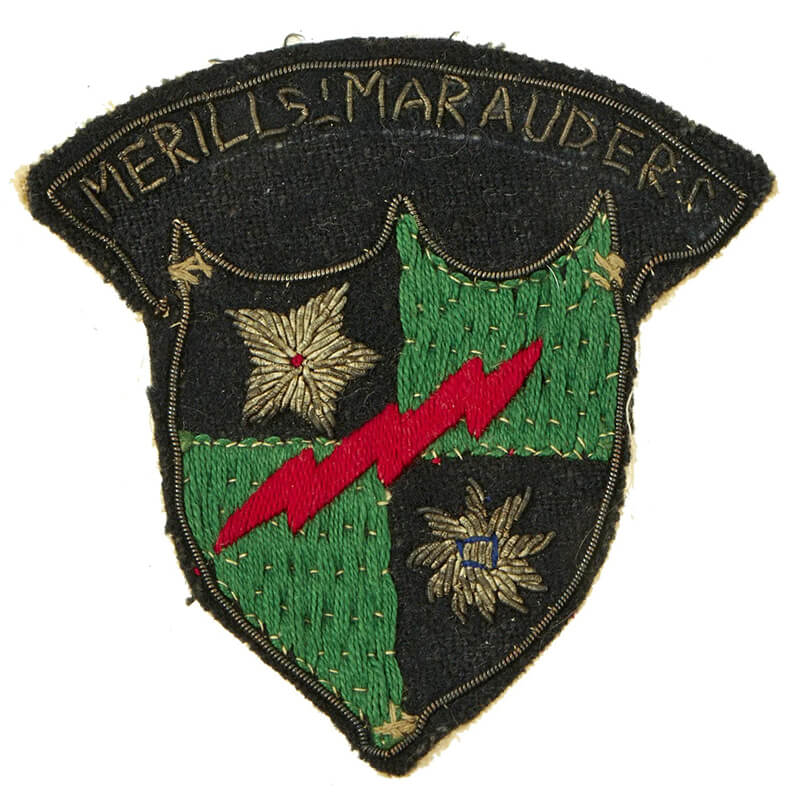 |
| Motto |
| – |
| Founded |
| August 31st, 1943 |
| Disbanded |
| August 10th, 1944 |
| Theater of Operations |
| Burma |
| Organisational History |
In 1943 the military leaders of the United States feel themselves more or less obligated to join the war effort in Burma. Troops of the Commonwealth are fighting on almost every front at that moment and although the war is shifting in favour of the Allied Forces, they sure could use some help in the Burma Campaign. The U.S. is at that moment already providing air support for the Chindit operations, but the British expect them to put some boots on the ground in Burma Campaign. If they can regain control over Burma again and open the Ledo and Burma Roads, they are able to link up with China and open up a complete new frontline.
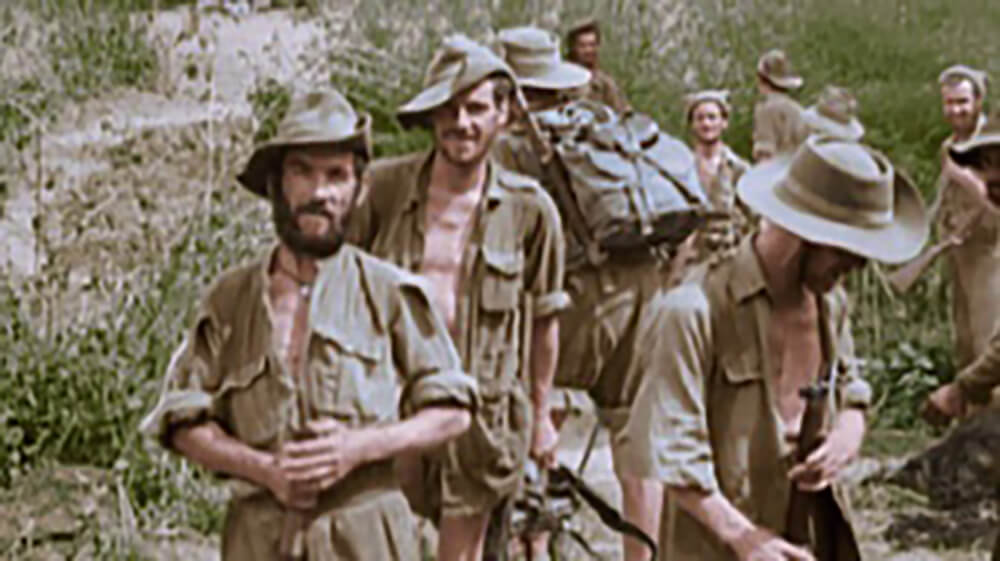
Therefore, in July 1943, the War Department orders the formation of a U.S. Long Range Patrol unit similar to the Commonwealth Chindits. The unit is primary be known as Galahad and has to form in India in early November. The official formation is ordered on August 31st, 1943. The department calls for three hundred volunteers from the Southwest Pacific, seven hundred from the South Pacific, and a 1,000 each from the Caribbean Defense Command and the Army Ground Forces in the United States. The volunteers need to have a high physical condition, ruggedness, stamina and be jungle trained. South and Southwest Pacific Commands select 950 men from veterans of Guadalcanal, New Guinea, and other operations in those areas. The Caribbean Defense Command selects 950 troops who have served on Trinidad and Puerto Rico, and another 950 men come from highly trained units within the United States. The volunteers from the Caribbean are flown to Miami. They cross the continent by rail and assemble in San Francisco with the volunteers from the United States. Here they form the first two battalions.
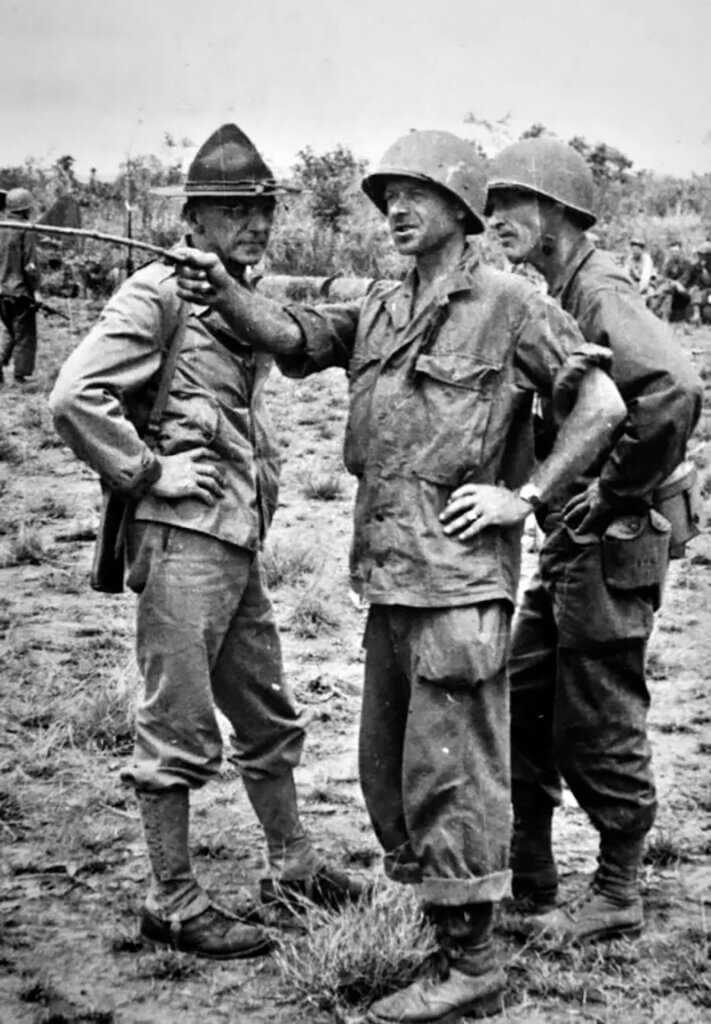
Colonel Charles Newton Hunter, the senior officer amongst the volunteers from the Caribbean and the United States, is appointed commander of the battalions. He is ordered to prepare the battalions for of their mission. He is also responsible for keeping the commander of all U.S. forces in China, Burma, and India, Lieutenant-General Joseph Warren “Vinegar Joe” Stilwell informed and report to him upon arrival.
The two battalions leave San Francisco on the U.S.S. Lurline on September 21st, 1943. They take with them as much equipment as could be loaded aboard and send the remainder of the unit’s equipment to San Diego, and from there to Bombay. The U.S.S. Lurline travels to Noumea, New Caledonia, where 650 officers and men from the South Pacific Theater come aboard. The officers and men from the Southwest Pacific board the ship in Brisbane, Australia. After stopping in Perth, the U.S.S. Lurline crosses the Indian Ocean and enters the Arabian Sea to Bombay, India. The unit arrives here on October 31st, 1943.
After disembarking in Bombay, the troops of Galahad are moved to a British camp at Deolali, Maharashtra, India to be organised and trained. Head of training is Colonel Francis Gerard Brink. He is selected for his experience in training Chinese troops in India. At Deolali the unit is trained in the basics. Three weeks later they move to the East of india to a camp near Deogarh, Odisha. This camp is close to an area suitable for jungle training. They stay here from the end of November 1943 to the end of January 1944. During their time there on January 1st, 1944, Galahad is redesignated the 5307th Composite Regiment Provisional. On January 8th, 1944, the unit is assigned to General Stilwell’s command in northern Burma.
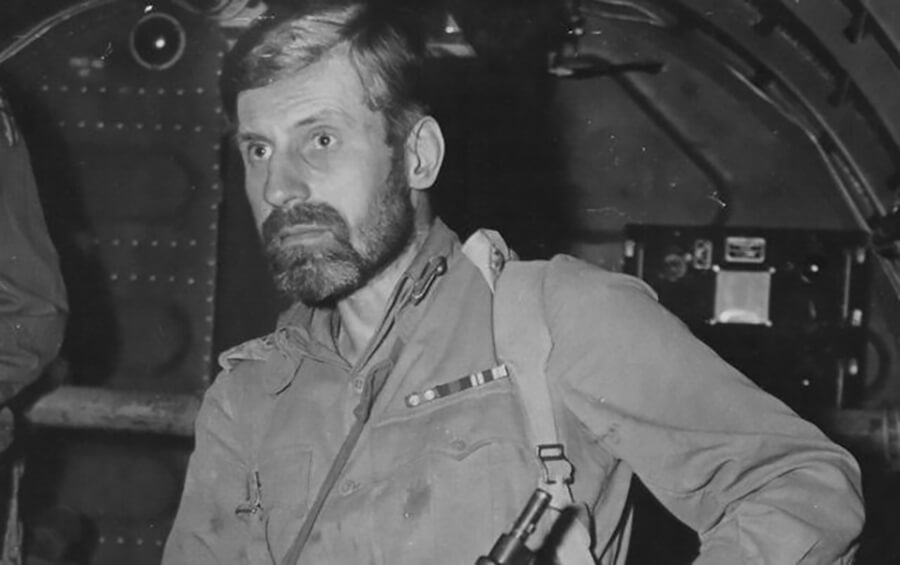
Training at Deogarh is supervised by Major General Orde Charles Wingate. Wingate was responsible for the creation of a Commonwealth jungle long-range penetration unit, known as the Chindits. Wingate advised the Americans on the over-all preparation of the unit. He also suggests forming each battalion, like the those of the Chindits, into two jungle columns. The Americans call, these jungle columns, Combat Teams. The idea behind the Combat Team is that it should be able to operate as a self-contained unit. To be able to do so each Combat Team receives its share of the heavy weapons and other organic battalion elements. At Deogarh, the unit trains extensively in their new role. On an individual level emphasis is put on, marksmanship, scouting and patrolling, map reading, and jungle navigation. The individual training routine also consists of physical training and increasingly longer marches. Full equipment is worn whenever possible.
Besides the individual level, unit tactics are stressed in every training operation. Emphasis is put that each level of the unit could operate on their own. Since time was short most attention is directed to mould the squads and platoons into highly efficient and well-coordinated teams. Rifle platoon leaders and non-commissioned officers are instructed in directing mortar fire, and all men are taught the rudiments of radio procedures. Even supporting personnel, like the heavy weapons, intelligence and reconnaissance, pioneer and demolition, and communications personnel take part in all training of their combat teams. Because of this they reach the same physical hardness as the other men in the unit.
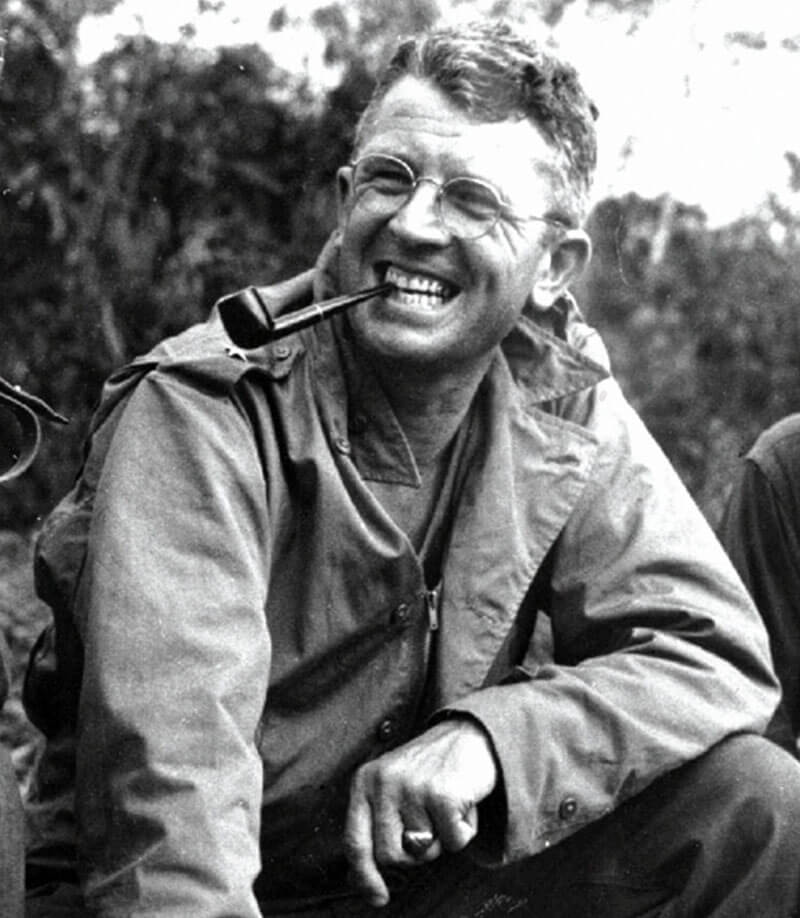
After jungle training the unit spends ten days on maneuvers with General Wingate’s Chindits. These maneuvers bring out minor changes. There is a shortage of pack animals, and organisation and equipment require some final adjustments. Brigadier General Frank Dow Merrill is placed in charge of the unit. He appoints Major Louis J. Williams as his executive officer, in charge of the Command Post group. After which the 5307th Composite Regiment loses its Provisional status and becomes fully active.
General Stilwell’s orders to the 5307th Composite Regiment to leave India for Ledo, Burma and from there to march to Ningbyen, Burma. It takes the unit a month to cover the 1,600 kilometres by train and boat to Ledo in Burma. The last 240 kilometres on foot take ten days. The 1st Battalion, at the head of the column, arrives at Ningbyen on February 19th, 1944. It takes two days before the 3rd Battalion, at the tail of the column arrives. During the 10-day march, the men are again thoroughly tested and were ready for their first assignment. It was here that a war correspondent originated the title ‘Merrill’s Marauders’
Between their first and second mission the unit receives a short rest. The same happens between their second and third mission. After the third mission the few remaining healthy Marauders are evacuated to Margherita. No more than 200 men are flown out. In the following weeks, recovered troops bring the unit’s strength back to 1,200 troops. However, on August 10th, 1944, the 5307th Composite Regiment is deactivated.

